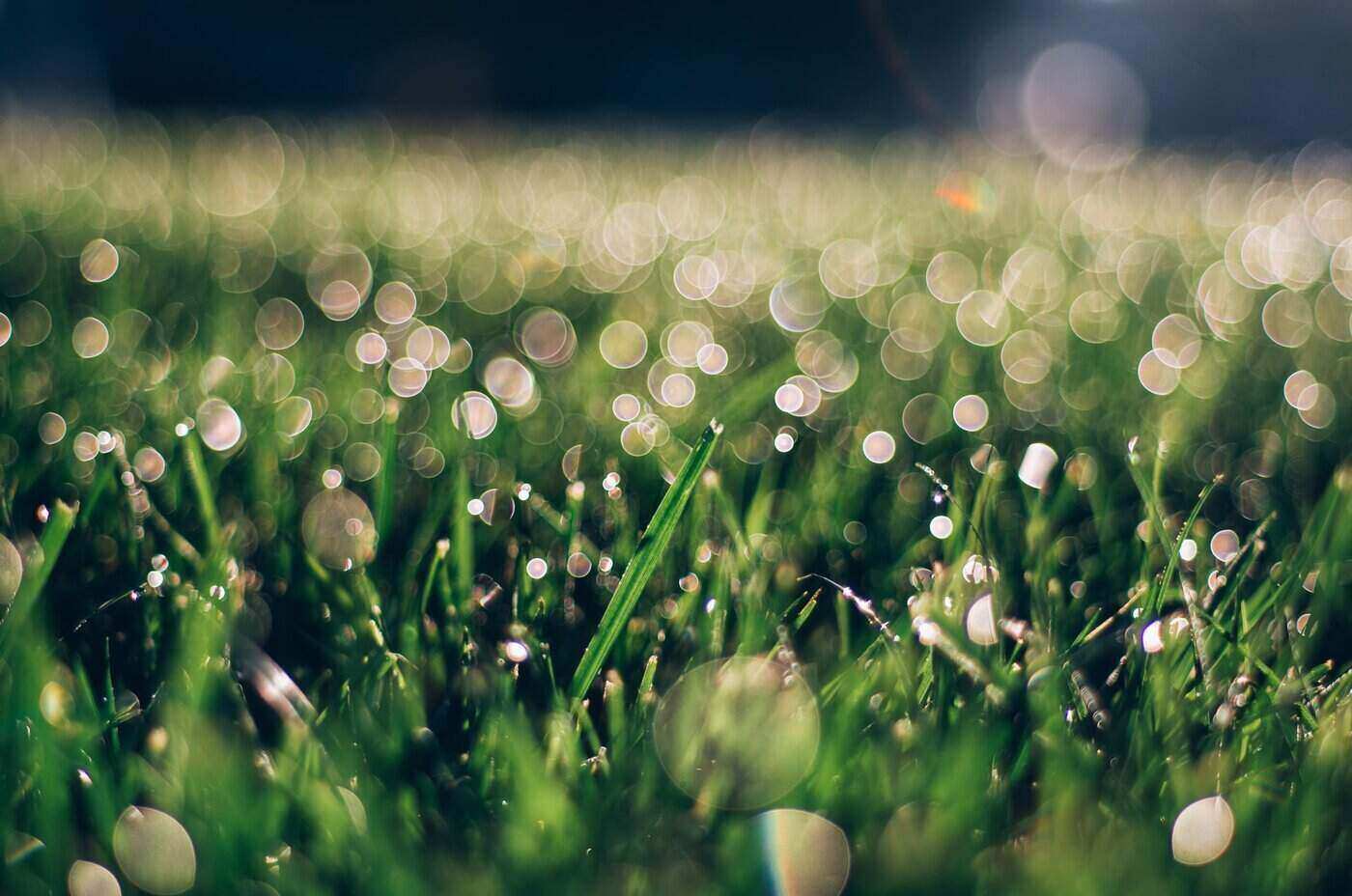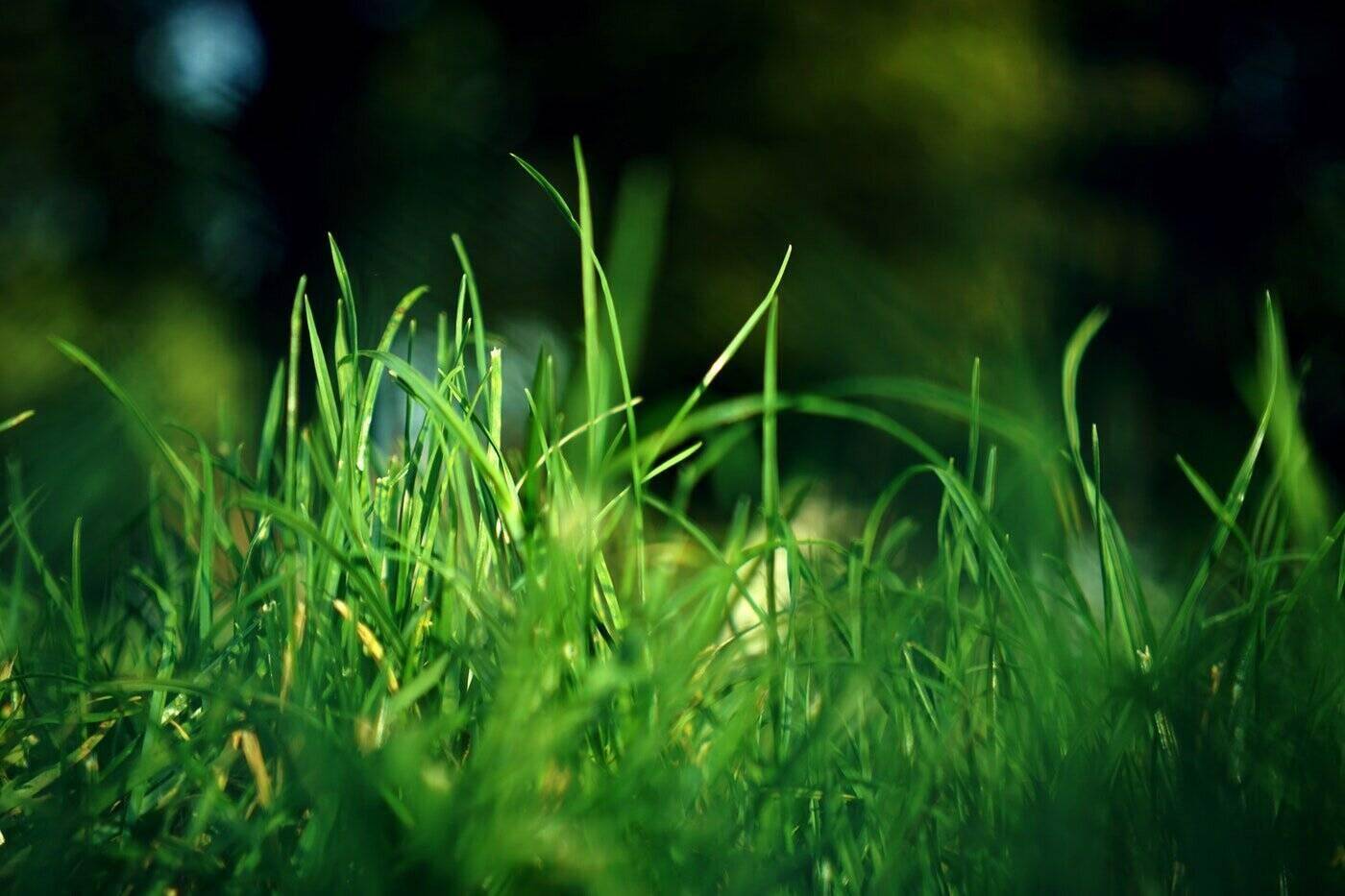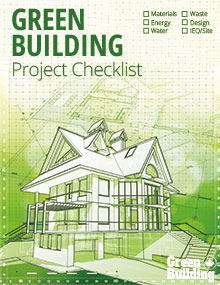A grass lawn is a common part of any property, but it requires regular care. You need to maintain it, provide nutrients for it and water it on a regular basis.
Growing your own grass can be difficult, and there are many things you should know before you decide whether or not this is the right choice for your yard.
This article will outline some of these things so that you can make an informed decision about what would work best for your needs.
Garden Landscape
Before you decide to grow grass from scratch, be sure to consider the layout of your garden. This way, you can pick grasses that will complement your landscape design and be as hardy as they need to be.
For example, if there is an area in your garden where grass struggles to grow effectively, don’t plant grass seed there because there is a high chance it won’t survive.
It’s also important to note how much sunlight the grass will get throughout the day, as this plays a major role in what kind of grass grows best in your yard.
If you have a lot of wooded areas around, consider if growing grass seed under leaves is viable or not. Though grasses can be a very nice touch to a yard, not every grass can survive all conditions, so knowing what you’ll be working with is of the utmost importance.
Fertilizers
Fertilizers are another thing you should consider before growing grass seed. Chemical fertilizers can kill grass, but natural grass seed won’t usually grow well in nutrient-deficient soil.
If you can’t provide the grass with the proper nutrients, grass seed won’t grow as well as grass that is already established. This means you might want to consider buying sod from a store rather than growing grass from scratch.
It’s also really important to be careful of how you fertilize grass because some fertilizers can kill grass whereas others nourish it.
For example, if you use an organic fertilizer to fertilize seeds and grasses, you’ll offer them a non-toxic, slow-release source of nutrients that will give them a good growing start and keep them healthy over the long haul.
Water

You should learn how much water your lawn needs because only some grass types are drought-resistant.
Grass seeds start to germinate when they receive a small amount of water, so there is a chance that if your grass doesn’t get enough hydration, it may die before it can become established within your garden.
It’s also important to note the grass type you are growing because grass seeds require different amounts of water at different times in their life cycle.
Not all grasses work for all climates, so knowing what grass will grow best in your region is important. Grass seed germination is very sensitive to dry conditions, so if you live in an area where rainfall is scarce, grass may die before it has the chance to establish itself.
Grass Seed Types
Before you try to establish any grass from seed, know that there are two types: cool season and warm season. These terms refer to how much sunlight the grass likes and therefore which type needs more water and nutrients.
Warm-season grasses prefer more sunlight, while cool-season grasses prefer less.
Some popular grass types are :
- Buffalo grass. This drought and heat resistant grass is great for areas where water shortages are common. It can also be used in high traffic areas because it’s very hardy and requires little maintenance.
- Bermuda grass. This is a warm-season grass that grows best in the U.S. Department of Agriculture (USDA) growing zones 9 to 11, but it has been known to grow wild in parts of the world like Australia.
- Fescue grass. There are many different types of fescue grasses that can grow from USDA zones 2 to 11. Grass types within the fescue grass family include creeping red fescue, hard fescue and chewings fescue.
Other Coverings
Clover grows very quickly and is oftentimes the first plant that pops up in a yard. More and more people are choosing to use clover as a ground cover because it roots quickly and is a favourite with pollinators.
Native grasses are the most environmentally-friendly option for lawn coverings because they not only help with erosion control but they’re often drought-resistant.
When choosing alternative covers, research the species you’re interested in to see if it will stay where it’s planted or whether it will spread by itself.
Mowing New Grass
Depending on the type of seed you’ve spread, it can take anywhere from 10-14 days for it to germinate; However, in some cases it can take up to 60 days before it’s ready to be mowed.
During this time, it’s best to hold off on mowing until the new grass has reached mowing height, which is roughly 3 1/2 inches or longer. Mowing too short will produce short root systems. When it’s time to mow, only remove roughly 1/3 of the grass height and only mow when it’s dry.
Growing grass from seed is just one of many options for lawn coverings. This article has explored some of the things you should know before deciding whether or not grass is something that would be right for you.
Feature image: Karol D; Image 1: Andrew Seaman


